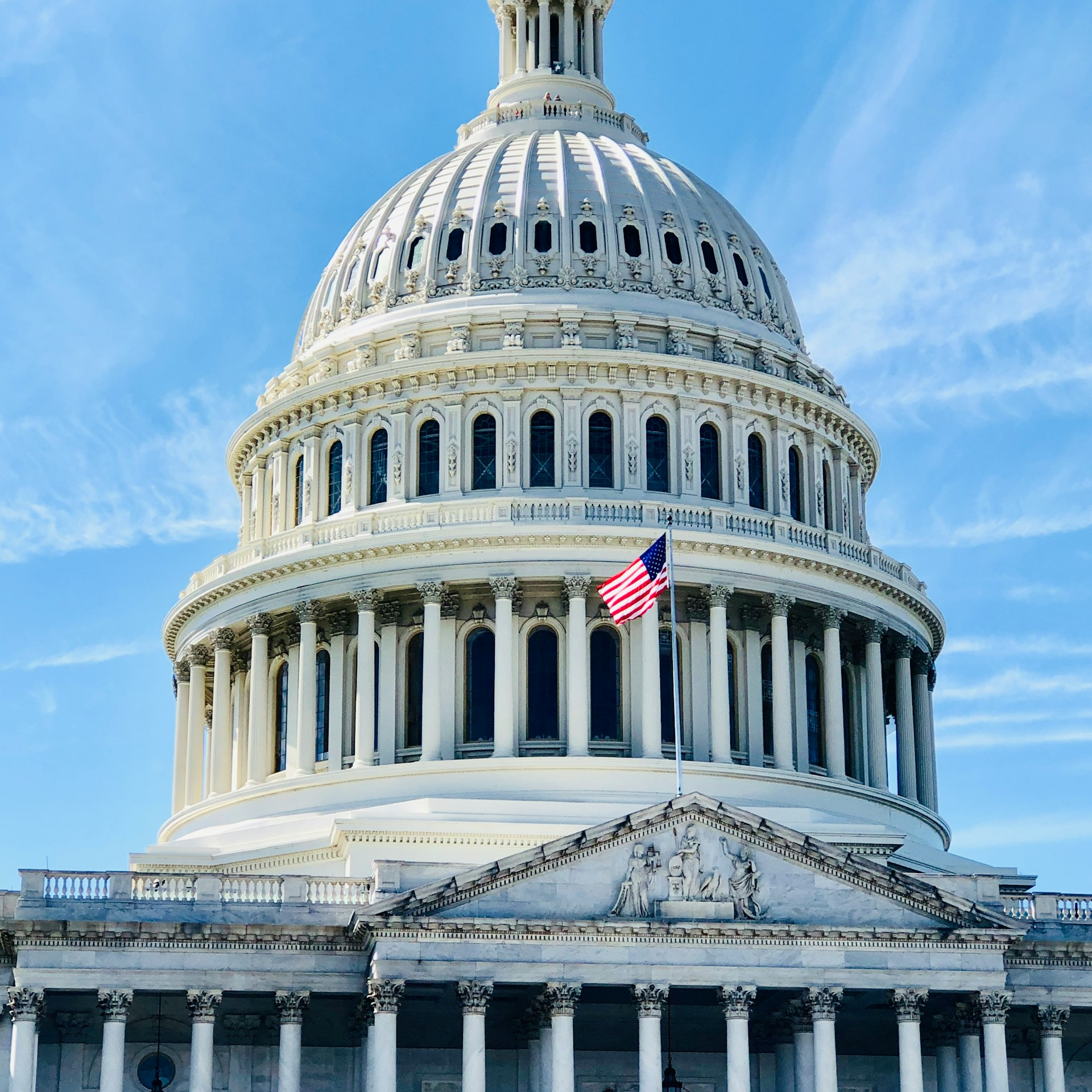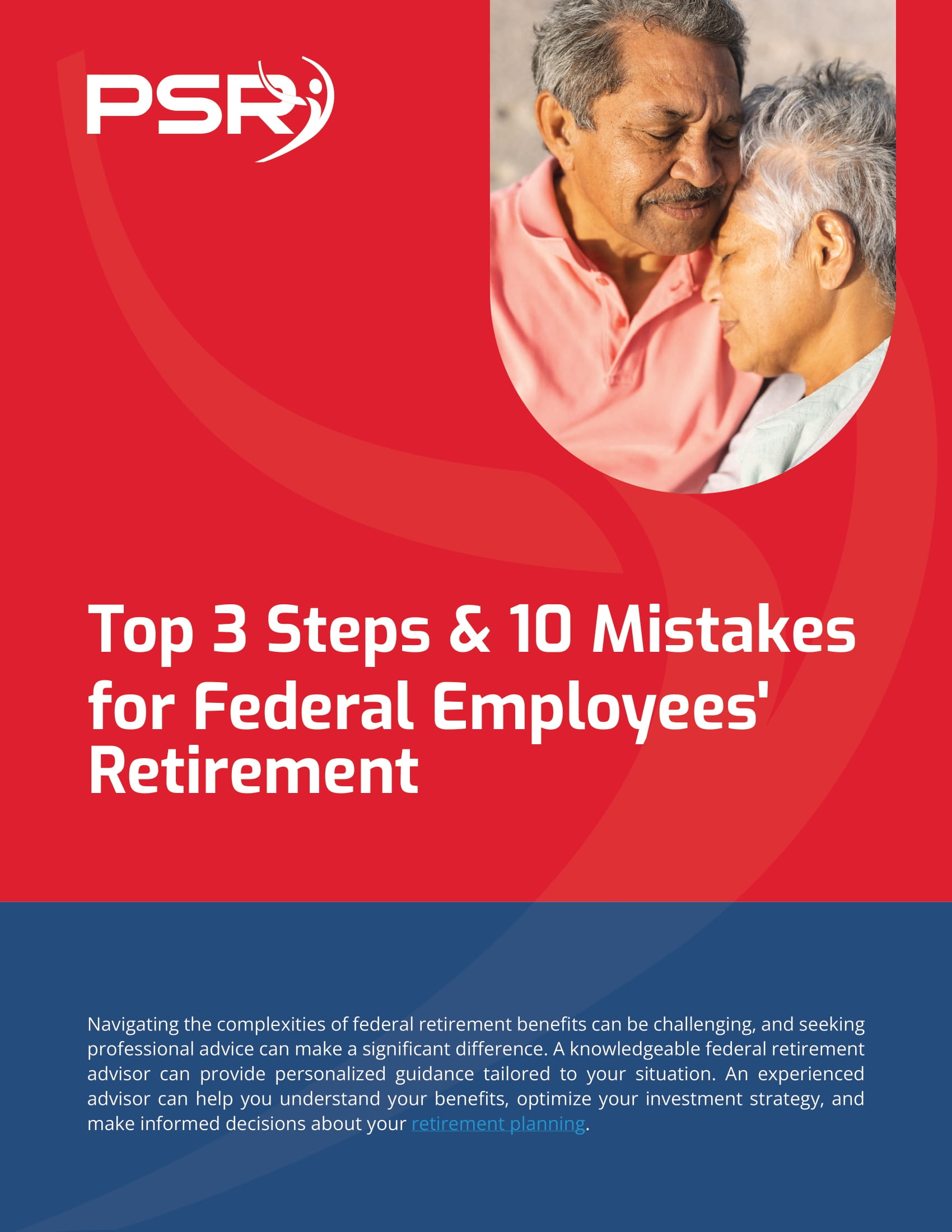Key Takeaways
- Recent changes in federal retirement policies for 2024 can significantly impact retirement planning for federal employees.
- Staying informed about these changes helps federal employees make better retirement decisions.
Federal Retirement Policies: Recent Changes in 2024
Federal retirement policies undergo periodic changes to adapt to evolving economic conditions, legislative updates, and the needs of federal employees. For 2024, several significant changes have been implemented, affecting areas such as Cost-of-Living Adjustments (COLAs), Thrift Savings Plan (TSP) contribution limits, Federal Employees Health Benefits (FEHB), Social Security integration, retirement eligibility, benefits calculation, and new planning tools and resources. Understanding these changes is crucial for federal employees to effectively plan for their retirement and maximize their benefits.
Updates to Cost-of-Living Adjustments (COLAs)
- Also Read: Why Postal Workers Are Reviewing Their Retirement Plans as the PSHB Program Takes Effect in 2025
- Also Read: Health Insurance Options for Federal Retirees: You Should Look into This
- Also Read: Medicare Advantage Plans Market Extras—But PSHB Might Actually Offer You Broader Protection
Cost-of-Living Adjustments (COLAs) are critical for maintaining the purchasing power of retirement benefits in the face of inflation. For 2024, the COLA has been set at 3.77%, reflecting moderate inflationary pressures compared to previous years.
1. Impact on Federal Employees Retirement System (FERS): FERS retirees will see their annuities adjusted based on the COLA. However, the application of COLAs under FERS is slightly different from other systems. If the COLA is 2% or less, FERS retirees receive the full adjustment. For COLAs between 2% and 3%, they receive a 2% adjustment, and for COLAs above 3%, they receive the COLA minus 1%. Therefore, for 2024, FERS retirees will receive a 2.77% increase.
2. Impact on Civil Service Retirement System (CSRS): CSRS retirees will receive the full 3.77% COLA. This higher adjustment helps ensure that their benefits keep pace with inflation, providing more substantial financial protection.
3. Social Security Benefits: The 3.77% COLA also applies to Social Security benefits, ensuring that recipients’ benefits reflect the increased cost of living.
New Contribution Limits for the Thrift Savings Plan (TSP)
The Thrift Savings Plan (TSP) is a cornerstone of retirement savings for federal employees, offering tax-advantaged growth opportunities. For 2024, the IRS has increased the contribution limits for TSP accounts.
1. Contribution Limits: The maximum employee contribution limit for TSP accounts has been raised to $23,000 for 2024, up from $22,500 in 2023. Employees aged 50 and older can make additional catch-up contributions of up to $7,500, bringing their total contribution limit to $30,500.
2. Impact of Increased Limits: Higher contribution limits allow federal employees to save more for retirement on a tax-advantaged basis. This increase is particularly beneficial for those who are in the later stages of their careers and looking to maximize their retirement savings.
3. Government Matching Contributions: For FERS employees, the government matches 100% of the first 3% of salary contributed and 50% of the next 2% of salary, up to 5%. This match remains unchanged, but higher personal contributions can lead to greater overall savings growth.
Changes to Federal Employees Health Benefits (FEHB)
Health insurance is a critical component of retirement planning, and changes to the FEHB program can significantly impact federal retirees.
1. Premium Adjustments: For 2024, there have been modest increases in FEHB premiums. On average, federal employees and retirees will see their premiums increase by about 1.5%. While this is a relatively small increase, it is important for employees to review their plan options during open season to ensure they have the best coverage for their needs at the most affordable price.
2. Plan Offerings: Several new plan options have been introduced, and some existing plans have been modified or discontinued. Employees should carefully review the available plans to select the one that best meets their healthcare needs and financial situation.
3. Integration with Medicare: FEHB plans continue to offer integration with Medicare for retirees who are eligible. This integration can help reduce out-of-pocket costs and provide more comprehensive coverage. Federal retirees should consider enrolling in Medicare Part B to take full advantage of these benefits.
Adjustments to Social Security Integration
Changes in how Social Security benefits integrate with federal retirement systems can affect the overall retirement income for federal employees.
1. Windfall Elimination Provision (WEP) Adjustments: The Windfall Elimination Provision, which affects the Social Security benefits of individuals who also receive a pension from work not covered by Social Security, has been adjusted for 2024. The maximum WEP reduction is $558 per month. These adjustments ensure that the Social Security benefits of affected retirees are calculated more accurately, reflecting their combined income sources.
2. Government Pension Offset (GPO) Changes: The Government Pension Offset, which reduces Social Security spousal or survivor benefits for individuals receiving a government pension, remains unchanged in its formula but has seen updates in how benefits are calculated to reflect the current economic environment.
Revisions in Retirement Eligibility and Benefits Calculation
Eligibility requirements and benefits calculation methods have been revised to provide greater clarity and fairness in retirement benefits for federal employees.
1. Retirement Eligibility: The Minimum Retirement Age (MRA) for FERS employees remains between 55 and 57, depending on their year of birth. However, new guidelines have been issued to provide clearer information on how service years and age affect eligibility for retirement benefits.
2. Benefits Calculation: Changes to the benefits calculation formula include updated actuarial tables and life expectancy projections, ensuring that retirement benefits are more accurately aligned with current demographic trends. These updates are designed to provide a more sustainable retirement system that better reflects the lifespan and retirement patterns of federal employees.
3. Early Retirement Incentives: New early retirement incentives have been introduced for specific federal agencies undergoing restructuring or workforce reductions. These incentives include added service years and lump-sum payments to encourage voluntary retirement, helping to manage workforce levels more effectively.
Introduction of New Retirement Planning Tools and Resources
To support federal employees in navigating these changes and planning effectively for retirement, new tools and resources have been made available.
1. Online Retirement Calculators: Enhanced online retirement calculators now allow employees to input detailed personal information and receive more accurate projections of their retirement benefits under different scenarios. These tools help employees make informed decisions about when to retire and how much to save.
2. Financial Planning Workshops: The Office of Personnel Management (OPM) has expanded its offerings of financial planning workshops, both in-person and virtual. These workshops cover a range of topics, including investment strategies, healthcare planning, and Social Security integration.
3. Personalized Retirement Counseling: Federal employees now have greater access to personalized retirement counseling services. These services provide one-on-one sessions with retirement specialists who can help employees understand their benefits, explore their options, and develop a comprehensive retirement plan tailored to their individual needs.
Conclusion
The recent changes in federal retirement policies for 2024 reflect ongoing efforts to adapt to economic conditions, improve benefits, and provide clearer guidance for federal employees. By staying informed about updates to COLAs, TSP contribution limits, FEHB changes, Social Security integration, retirement eligibility, and the availability of new planning tools and resources, federal employees can better navigate their retirement planning process. These changes aim to enhance the financial security and well-being of federal retirees, ensuring that they can enjoy a comfortable and stable retirement.













